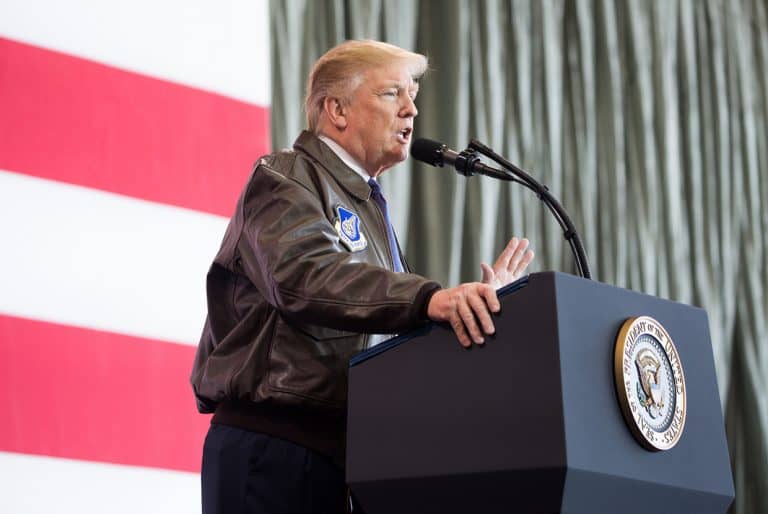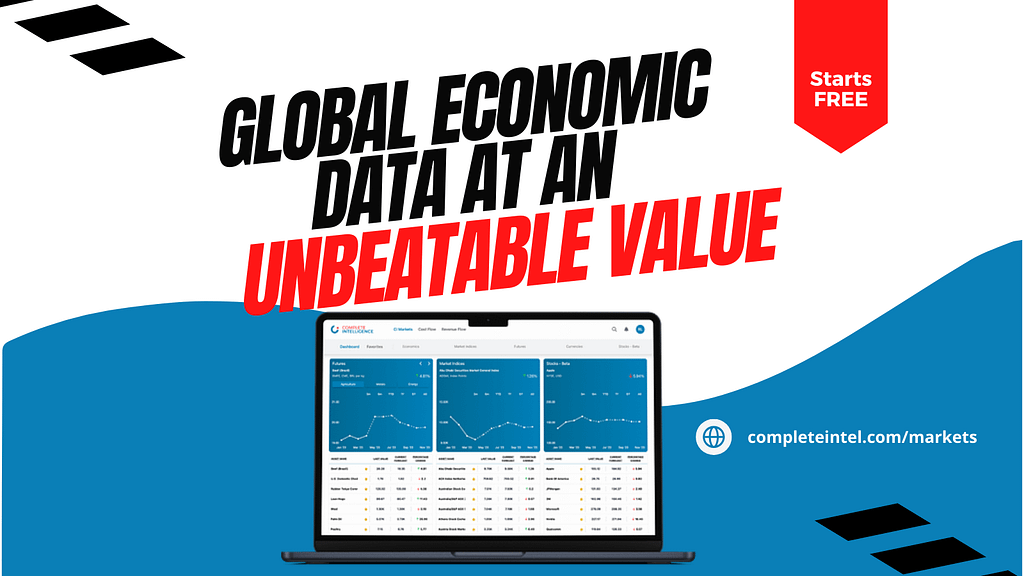Month: November 2018
Advancing in leaps and bonds
Stocking up

“I recently started investing a portion of my IRA to mirror my CI Markets portfolio, and have been very pleased with the results. The pricing structure is very reasonable considering the wealth of information that is available.” -Paul D.
Donald Trump’s visit to Asia is marked by a strong emphasis on trade negotiations and forging new deals in the region. From energy agreements to infrastructure investments, the US president is making significant strides in reshaping economic ties with key Asian nations.
Trump’s Arrival in China: Energy Deals and Economic Shifts
Touching down in China, Trump brings with him a delegation from the energy sector, signaling a new era of collaboration between the two economic powerhouses. Discussions revolve around sealing deals to export liquefied natural gas (LNG) to China, marking a departure from previous confrontational rhetoric.
Goldman Sachs and China Investment Corporation Partner for Investments
Prior to Trump’s visit, Goldman Sachs and China Investment Corporation announced a monumental US$5 billion investment fund for US manufacturers. This partnership underscores the potential for mutual economic growth and cooperation between the two nations.
Tom Rafferty, Asia manager at the Economist Intelligence Unit, emphasizes the significance of LNG exports in addressing trade deficits, a key concern for the Trump administration.
Exploring Service Sector Agreements in China
While negotiations on service sector agreements are underway in China, significant adjustments to joint venture requirements for banking and insurance sectors are not expected. Nonetheless, progress in this area could pave the way for further economic collaboration.
Trump’s Diplomatic Engagement in Japan and South Korea
During his visit to Japan and South Korea, Trump focused on energy and infrastructure agreements while also addressing security concerns, particularly regarding North Korea. Despite tensions, agreements were reached, including joint investments in infrastructure projects in Asia Pacific, the Middle East, and Africa.
Challenges and Controversies: Trump’s Stance on Trade Deficits
Trump’s stance on trade deficits continues to be a focal point of discussion. While some applaud his efforts to bring jobs back to the US, others criticize his reductive views on trade. Experts caution against simplistic interpretations of trade relationships, emphasizing the mutual benefits of trade.
Future Prospects: Bilateral Trade Deals and Diplomatic Initiatives
As Trump continues his tour, bilateral trade deals and diplomatic engagements are expected to take precedence. With a preference for bilateral agreements over mega-regional deals, Trump’s team aims to lay the groundwork for future economic partnerships in the region.
Conclusion: Navigating Trade, Diplomacy, and Security
As Donald Trump navigates the complexities of trade negotiations and diplomatic engagements in Asia, the outcomes of his tour will shape future economic relations and security dynamics in the region. From energy partnerships to bilateral trade deals, the stakes are high as nations seek to strike a balance between economic interests and geopolitical stability.

BEIJING (Reuters) – China’s exports in March returned to growth for the first time in nine months, adding to further signs of stabilisation in the world’s second-largest economy that cheered regional investors.
March exports rose a blistering 11.5 percent from a year earlier, the first increase since June and the largest percentage rise since February 2015.
Fears of a hard landing in China even as policymakers press on with tough reforms to rebalance the economy have rattled financial markets, with investors eagerly hunting for tentative signs the economic slump may be bottoming.
Economists, however, warned that Wednesday’s data was not evidence of stronger global demand as it was heavily skewed by base effects and seasonal distortions from the Lunar New Year.
And despite signs of green shoots for China, first quarter GDP data on Friday is expected to show the economy growing at its slowest pace since the financial crisis. Combined with tepid inflation, that is likely to keep Chinese monetary policy loose for some time yet.
Investors celebrated, nevertheless, with key Chinese stock indexes hitting three-month highs and the yuan firming, while regional stock markets and the Australian dollar AUD=, which often trades as a proxy to Chinese growth, also firmed.
“China’s foreign trade sector will likely improve from last year due to low comparables, but the improvement will not be dramatic, as the trends in external markets are not great,” said Wang Tie Shi, economist with Industrial Securities.
The upside surprise comes after other March economic indicators hinted of slight improvements in the broader economy, although other surveys have shown intensifying downward pressure on wages and employment.
Imports continued to fall but less than expected, declining by 7.6 percent in dollar denominated terms and volumes of most major commodities, notably copper and iron ore, rose strongly.
That left the country with a trade surplus of $29.86 billion for the month, data from the General Administration of Customs showed, versus a forecast of $30.85 billion.
“I think we should focus on the better-than-expected imports growth rate, which means domestic demand is also recovering, driven by infrastructure investment and also the real estate sector recovery,” said Ma Xiaoping, analyst at HSBC.
MOMENTOUS SHIFT
China’s slowdown might not be quite as severe as first feared but its “momentous” shift from investment-led growth is still having a chilling effect on trade globally, the International Monetary Fund said on Tuesday.
The IMF estimates every 1 percentage point investment-driven drop in China’s GDP, cut growth for the entire Group of 20 nations by 0.25 percentage points.
“Even countries that have few direct trade linkages with China are being affected through the Chinese slowdown’s impact on prices of commodities and manufactured goods, and on global confidence and risk sentiment,” the Fund said.
Regardless, overseas investors also appeared inspired by the trade data. MSCI’s broadest index of Asia-Pacific shares outside Japan .MIAPJ0000PUS added 1.7 percent and Japanese shares .N225 gained 2.8 percent.
Tony Nash, managing partner at advisory firm Complete Intelligence, which focuses on global trade flows, sees China’s exports and imports stabilising over the next six months.
“As we close out Q2 and enter Q3, we’ll see more stable trade data before starting to see sustainable, small rises in both sides,” Nash said, adding data should be much less volatile in the second half as currencies and commodities stabilise.
NOT OUT OF WOODS YET
Economists polled by Reuters had expected March exports to rise 2.5 percent, after tumbling 25.4 percent in February – the worst showing since May 2009, and expected imports to fall 10.2 percent, based on weakness in global demand.
“Data across other Asian economies suggest that the headwinds in the trade sector remain,” Zhou Hao, economist at Commerzbank in Singapore, said in a research note.
Still, markets were relieved to see a surge in China’s demand for commodities, with copper arrivals hitting a record in March and pushing up first quarter imports by 30 percent from a year earlier. Exports to key markets such as the United States and Europe also posted double digit month-on-month gains.
China’s rising exports are also due in some part to a successful move up the value chain by mid-tier manufacturers.
“China’s export sector is not losing competitiveness. In fact, China is increasing its share of other countries’ imports, even though the global volume of trade has been sadly stagnant in recent years,” HSBC wrote in a research note.
Even as Chinese factories have learned to build more expensive car components and wind turbines, they have been shedding capacity in lower-end sectors like textiles and outsourcing such production to neighboring countries.
Premier Li Keqiang said last week that China’s economic indicators showed signs of improvement in the first quarter but a sluggish world economy and volatile markets were undermining gains.
The government is aiming for economic growth of 6.5 to 7 percent this year, following 6.9 percent growth last year – the weakest pace in a quarter of a century.
